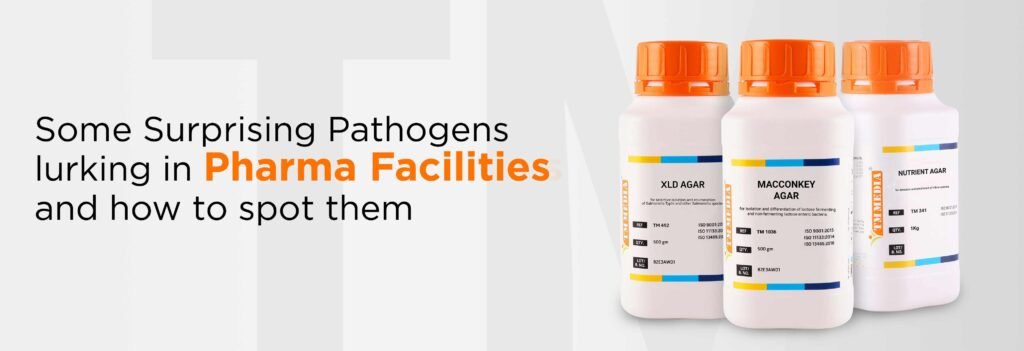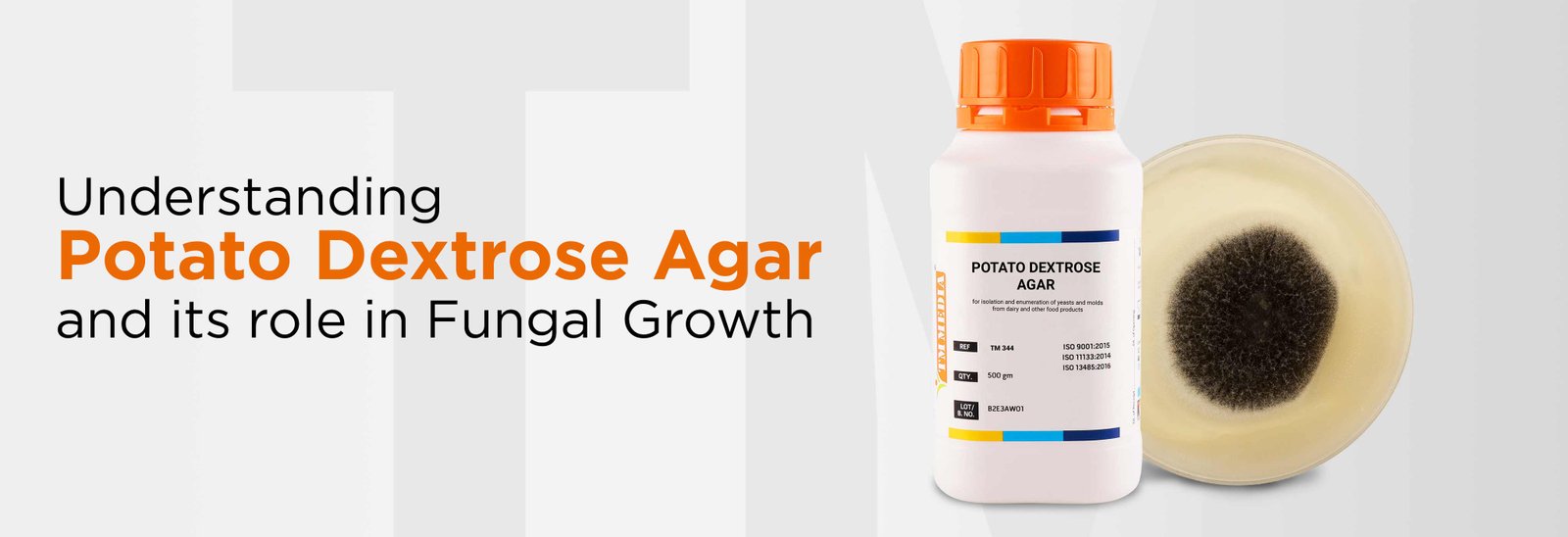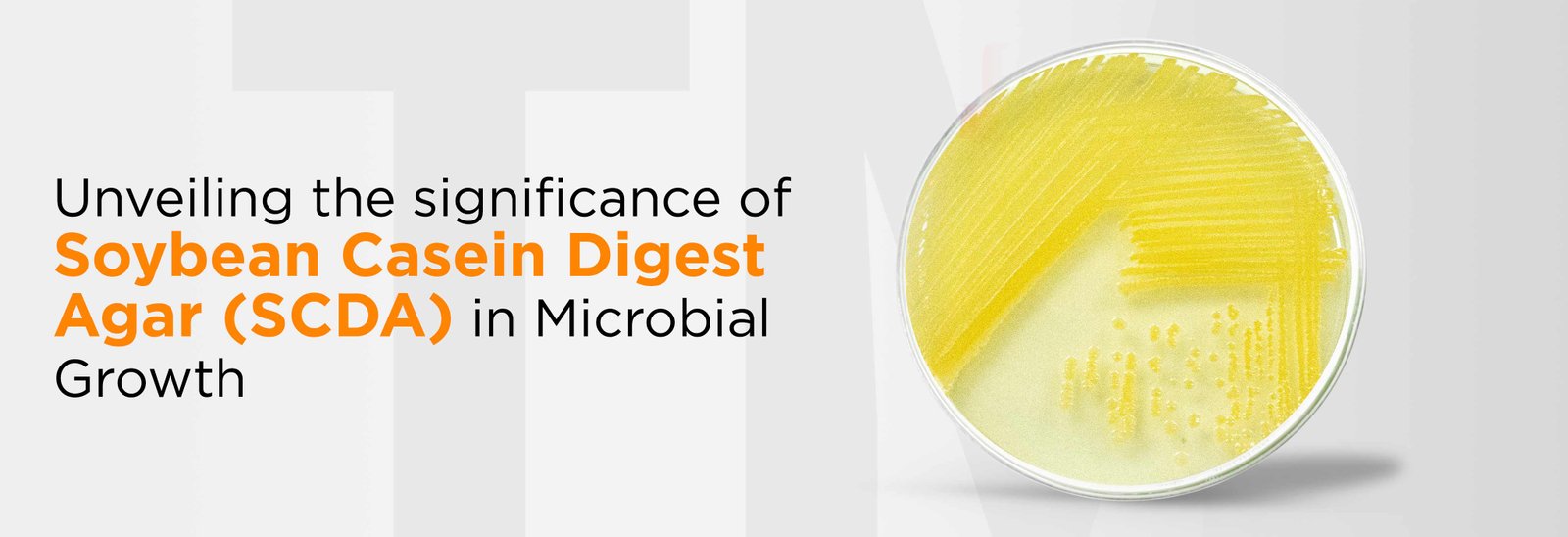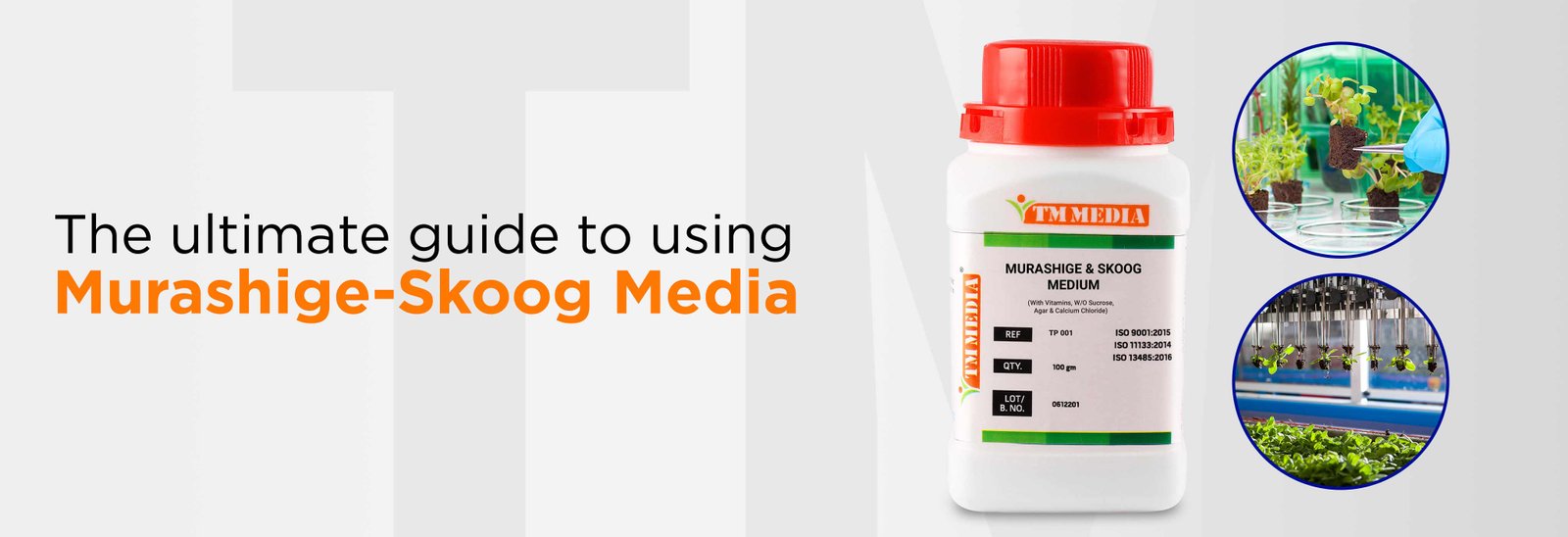

Maintaining the highest standards of quality and safety is paramount in pharmaceutical manufacturing. Strict adherence to current good manufacturing practices (CGMPs) and other regulatory guidelines is key to minimizing risks to patients. These compliance measures help ensure consistent and reliable production processes.
Even the tiniest microorganisms pose serious risks if they are allowed to contaminate samples or finished medications. That’s why continuous pathogen monitoring is so crucial. In pharmaceutical manufacturing, the industry needs to watch out for tiny harmful pathogens, like Listeria, MRSA, CRE, and Salmonella, that can contaminate the samples and products.
Microbiological Culture Media play a vital role in the identification process, offering the nutrients needed for microbes to expose themselves. Their growth allows for careful examination and classification. This helps maintain stringent quality controls.
Microbial contamination poses a serious threat, so rigorous testing and limits are established. The Pharmacopoeia outlines critical quality benchmarks, such as defined microbial count thresholds for non-sterile drugs. Meeting these specifications demonstrates a company’s commitment to purity and delivers reassurance to providers, patients, and regulatory bodies. Meeting regulatory specifications supports the consistent manufacturing and delivery of pharmaceuticals that meet stringent purity requirements.
Certain pathogens demand especially close attention due to the problems they can cause. Here are a few pathogenic microbes:
Constant monitoring is thus necessary to promptly detect any concerning microorganisms and safeguard public health.
Microorganisms like Escherichia coli and Staphylococcus aureus are used to assess the overall microbiological quality of facilities. They are suitable indicators as they are more likely to be present in contaminated environments and can suggest the potential presence of other, more dangerous pathogens.
The choice of growth medium is paramount, as it directly impacts success. Even in today’s advanced industry, traditional culture media remain a cornerstone for isolating and identifying microorganisms.
Conventional culture techniques involve selectively isolating and quantifying pathogens in pharmaceutical samples. These methods use selective and differential media, allowing specific microorganisms to grow while inhibiting others.
Some media commonly used in the pharmaceutical industry include:
| Media | Purpose | Target Organisms | Appearance on the media |
| MacConkey Agar (MAC) | Culture gram-negative bacteria, differentiate lactose fermenters | Gram-negative bacteria inhibit gram-positive bacteria | E. coli colonies appear pink to red |
| Mannitol Salt Agar (MSA) | Grow Staphylococcus species and differentiate mannitol fermenters | Staphylococcus species | S. aureus colonies appear small with yellow zones |
| Cetrimide Agar (CTA) | Isolate Pseudomonas aeruginosa | Pseudomonas aeruginosa | Fluorescent greenish colonies for P. aeruginosa |
| Xylose-Lysine Deoxycholate Agar (XLD) | Isolate gram-negative enteric pathogens | Salmonella and Shigella | Salmonella species form red colonies, some with black centers |
| Baird-Parker Agar (BPA) | Isolate and enumerate coagulase-positive Staphylococci | Coagulase-positive Staphylococci | Coagulase-positive Staphylococci produce black colonies |
| Tryptic Soy Agar/Tryptone Soy Agar | General-purpose medium for various microorganisms | Various microorganisms | Supports growth of all types of microorganisms |
At TM Media, we take seriously the responsibility of supporting pharmaceutical companies in their efforts to protect public health. Through our extensive portfolio of Culture Media, developed over years of expertise, we enhance customers’ ability to rigorously monitor production environments. Our tailored solutions are designed to simplify workflow while strengthening confidence in product safety and quality.
Contact us today to explore how we can tailor solutions to meet your specific needs. Visit our product page for more information.

We are thrilled to announce that TM Media has been recognized as the LeadingBiotechnology Company at the prestigious 6th Elets...
Read More
Think of a field as a big garden where tiny superheroes, called microbes, work behind the scenes. They’re not just...
Read More
Potato Dextrose Agar (PDA) is a widely utilized medium in microbiology, specifically designed for the isolation and enumeration of yeasts...
Read More
In the complicated world of microbiology, where precision and reliability are of utmost importance, Soybean Casein Digest Agar (SCDA) stands...
Read More
Have you ever wondered how scientists can grow entire plants from just a few cells in a laboratory? The answer...
Read More